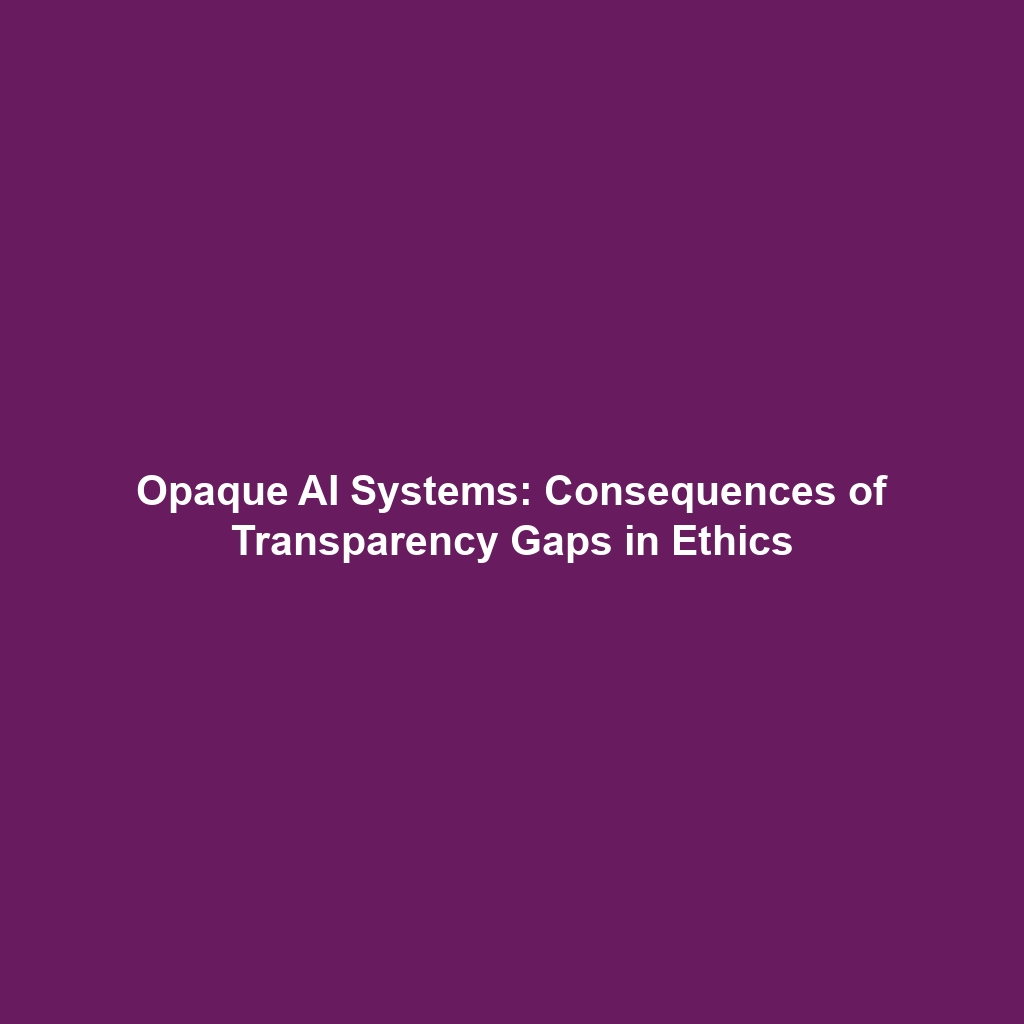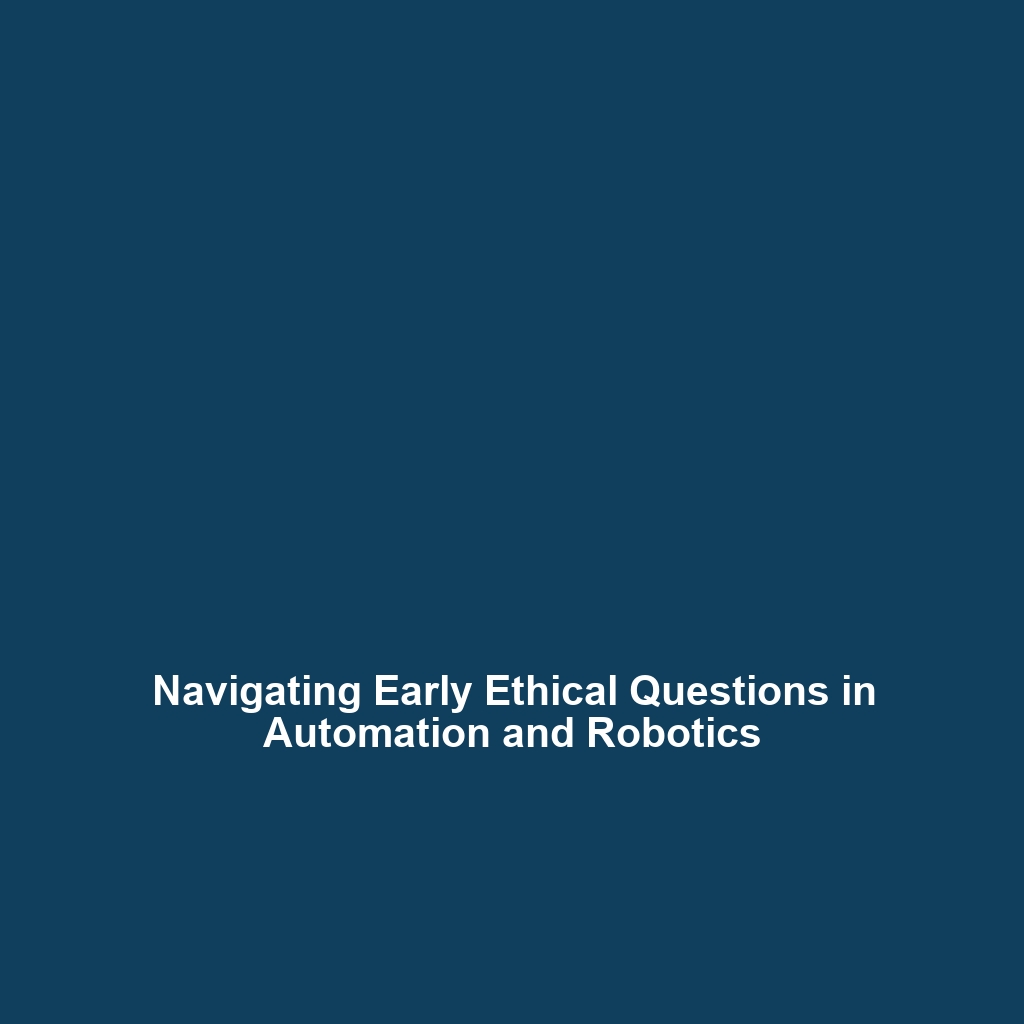Examples of Opaque AI Systems and the Consequences of Lacking Transparency
Introduction
Opaque AI systems pose significant ethical dilemmas in today’s technology-driven world. The lack of transparency in these systems affects decision-making processes, accountability, and public trust. As AI continues to evolve, understanding the implications of opacity becomes essential within the broader context of AI Ethics. Without transparency, users cannot fully understand or trust AI decisions, leading to potential biases and unfair practices. This article discusses examples of opaque AI systems, the consequences of lacking transparency, and the emerging challenges faced in the field of AI Ethics.
Key Concepts
Understanding the major concepts related to opaque AI systems is crucial for grasping the ethical principles involved in AI Ethics. Key themes include:
Definition of Opaque AI Systems
Opaque AI systems refer to algorithms and models that do not provide clear insight into their decision-making processes. Factors contributing to opacity include:
- Complexity of algorithms
- Lack of documentation
- Proprietary technology
Consequences of Lacking Transparency
The consequences of transparency deficiencies in AI systems are profound and far-reaching:
- Loss of user trust and decreased adoption
- Potential for biased outcomes
- Accountability issues in decision-making
Applications and Real-World Uses
The impact of opaque AI systems extends to various real-world applications, especially in critical sectors. Examples of practical uses of opaque AI systems in AI Ethics include:
- Healthcare: AI algorithms used for diagnosis may not explain their reasoning, affecting treatment choices.
- Finance: Credit scoring models can perpetuate discrimination without transparency in their criteria.
- Law Enforcement: Predictive policing tools can lead to biased practices if their decision logic remains unclear.
Current Challenges
Several challenges hinder the transparency and ethical considerations of opaque AI systems:
- Difficulty in audits: Complex algorithms make it challenging to evaluate fairness and accountability.
- Regulatory hurdles: Lack of standardized guidelines for transparency increases ambiguity.
- Public misunderstanding: Limited understanding of AI among the general populace leads to misinformation and mistrust.
Future Research and Innovations
Research is advancing in areas aimed at enhancing transparency and accountability in AI systems. Key areas of focus for future innovations include:
- Development of explainable AI (XAI) frameworks that clarify decision-making processes.
- Integration of ethical guidelines in AI training and deployment phases.
- Utilization of blockchain technology to ensure data audit trails and accountability.
Conclusion
Examples of opaque AI systems and their consequences highlight significant ethical concerns in today’s AI landscape. Understanding these issues is paramount for fostering trust and accountability in AI Ethics. Future research and innovations will play a crucial role in addressing these challenges. By encouraging the development of transparent AI systems, we can enhance public trust and ensure fair outcomes. For more insights into related topics, explore our articles on Ethical Implications of AI and The Future of AI Technologies.

